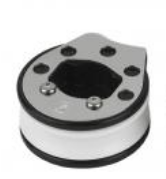dunkelly
Active member
I have a 140% Genoa on my Mac and my other half and I have real difficulties furling it safely in anything over about 12 knots . Whilst out with a stronger crew I tried a few different methods ie swapping to a winch etc but the most successful I found was to gybe downwind with main still up and blanket the Genny then furl it . Then back upwind to bring down the main . Anybody any thoughts on the method or better suggestions ?

